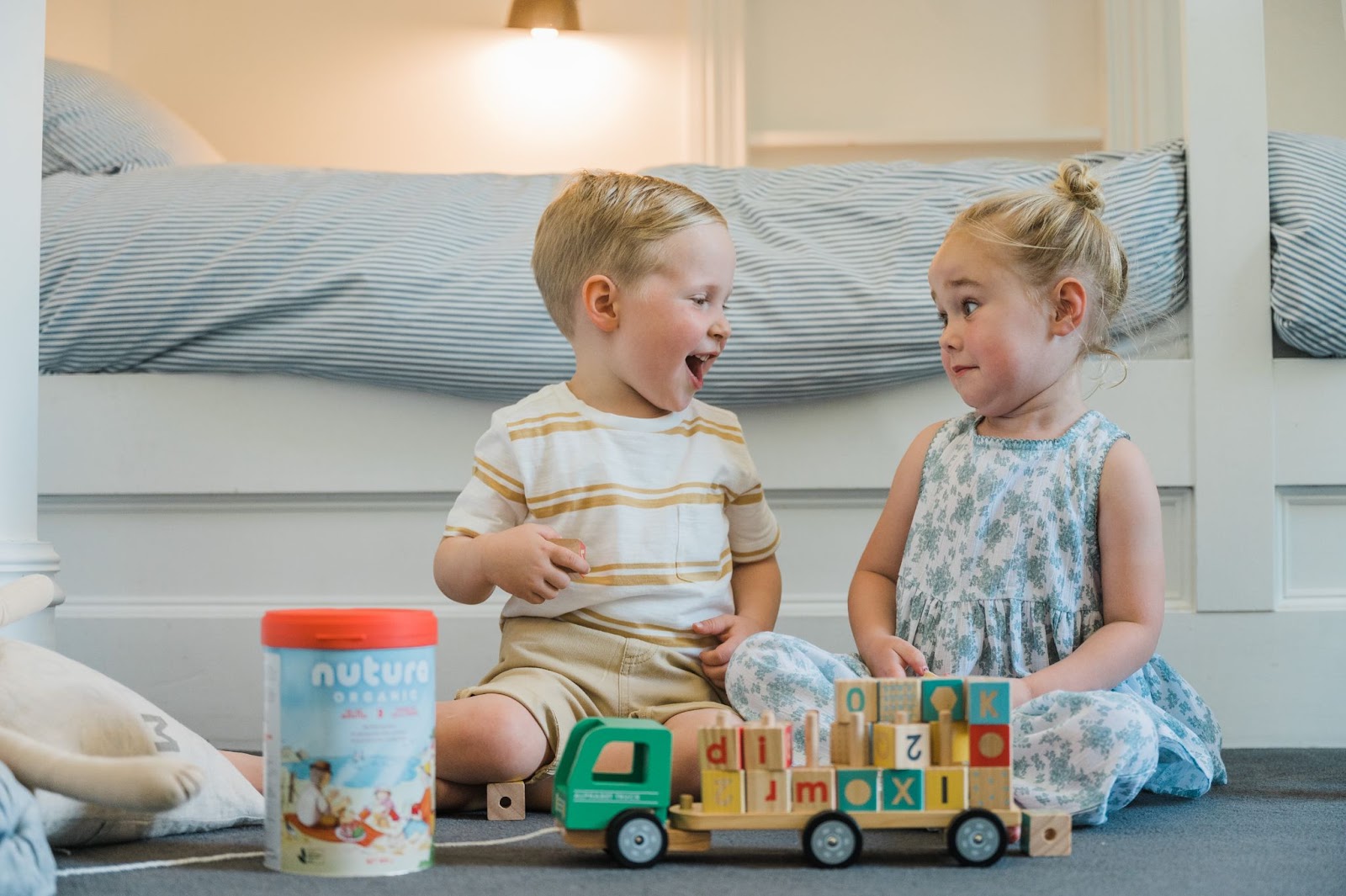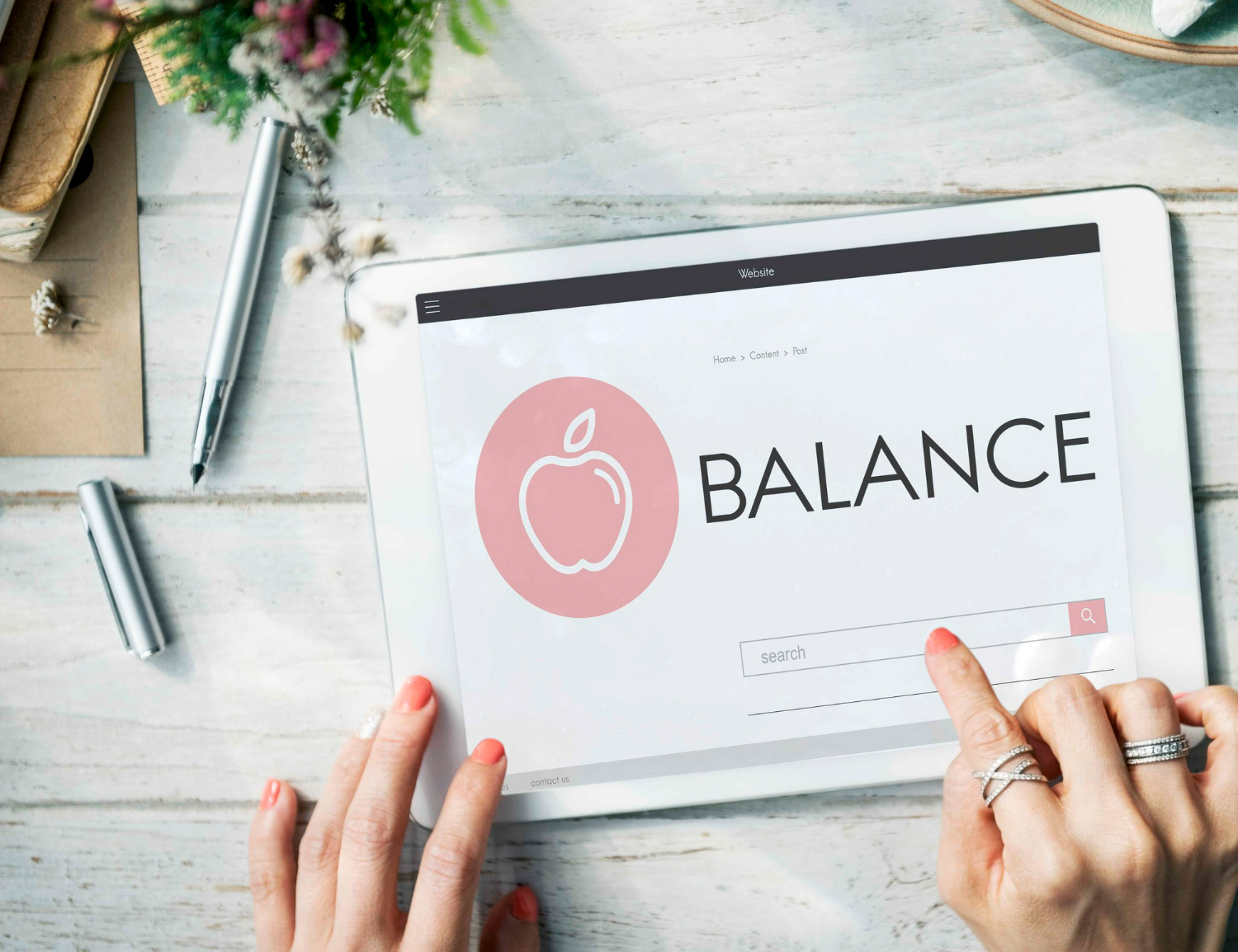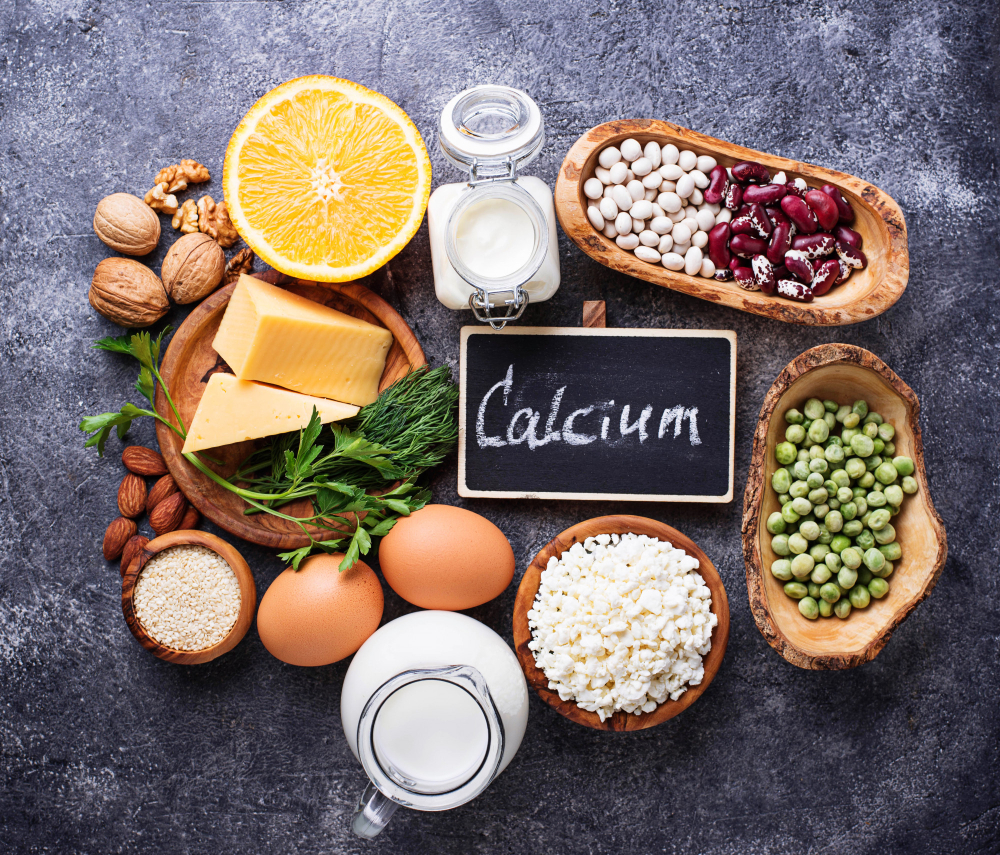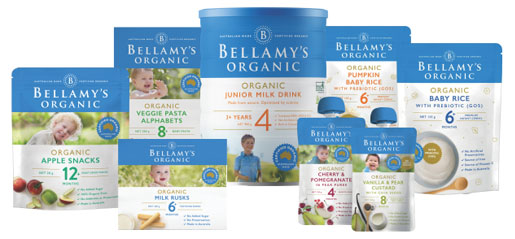The Benefits of Using Green Products to Clean Your Home
Every year at some point in time, whether it be the start of the new year, a birthday or just waking up one morning with new motivation, people determine that they’re going to do something to make their life better.
Common goals on this wishlist tend to include:
- Better health
- Debt reduction
- Saying goodbye to bad habits
- Being kinder to the environment
- Creating more time for family
- Keeping the home tidier.
There is one goal that covers all these in just one simple change – making the switch from harsh chemical cleaners to green alternatives.
Environmentally friendly cleaning products are not anything new – talk to Grandma and she’ll swear by the power of vinegar and baking soda. Most are aware that they perform their job well, but thanks to clever marketing we’ve been led to believe that our lives are too busy (and too riddled with germs) to opt for anything other than the “super powered” cleaning products that remove grease, grime and germs in a flash. We are fooled into thinking that these magical cleaning products make for safer living for our children, but research tells us that chemical-based cleaning products can have long-term effects on a child’s health.
Chemical-based cleaning comes at a cost, and it’s not a necessary part of our lives. So say goodbye to chemical-based cleaners and say hello to the many benefits of green cleaning.
The benefits of green cleaning
-
A healthier home
One of the main benefits of using green cleaning products is that they are significantly safer for your health compared with other common cleaners. Many chemical-based cleaning products can contribute to cancer, respiratory problems, reproductive abnormalities, allergic reactions and behavioural problems, and when we clean in small, unventilated spaces such as windowless bathrooms or showers the levels of toxins we’re breathing in can be extreme. One study, released by the National Cancer Association, showed that women who work in the home have a 54{72bd9f2abfd9a42ad8daa505ad4c134144a2b20626506137b848ab4cf99aee2d} higher risk of developing cancer than women who work outside of the home courtesy of indoor pollutants!
According to Philip Dickey of the Washington Toxics Coalition, the most dangerous conventional cleaning products include corrosive drain cleaners, oven cleaners, and acidic toilet bowl cleaners.
-
A healthier environment
Synthetic chemicals exposed to the environment introduce novel, bioactive opponents to ecosystems with consequences ranging from mild to severe for terrestrial and aquatic animals, humans and plant life.
Nitrogen, phosphorus and ammonia (commonly found in a range of cleaning products) are dangerous water contaminants in large quantities, and are regularly rinsed down drains and flushed down toilets as families clean the house.
As for air contamination, each time a door is opened or a window is lifted to ventilate your home, volatile organic compounds (VOCs) are released into the air, contributing to smog and other major pollution problems.
-
Expense
The need to go out and buy expensive cleaning products is simply not there, with home cleaning solutions such as vinegar, lemon juice, olive oil, and baking soda doing the trick for a fraction of the price. Green cleaners can be made for every part of your home, including:
Bathroom:
- Add 10 drops of tea tree oil and three cups of white vinegar to your toilet bowl and let sit for 15 minutes.
- Fill a spray bottle with half water and half vinegar for a basic shower and bathtub cleaner. Add liquid detergent for extra strength and leave for 30 minutes before rinsing off.
- Remove rust stains with a paste made from water and cream of tartar.
Kitchen:
- Combine equal parts washing soda and borax for a natural dishwasher soap.
- Make a paste of 1½ cups baking soda, ½ cup salt and ½ cup water, and spread inside the oven (not on metal areas). Leave overnight and then rinse off using a spray bottle containing half vinegar, half water.
All-purpose:
- Combine ¼ cup baking soda, ½ cup vinegar and 8 cups of water to make an efficient spray and wipe.
Windows
- Fill a spray bottle with soda water to clean windows.
Floors
- Combine 1 cup vinegar, 3 drops of baby oil and 16 cups of warm water to clean linoleum, tiles or vinyl.
- Combine 4 tbsp vinegar, 2 tspn borax, ¼ tspn liquid castile soap and 3 cups of hot water to clean wooden floors.
-
Greater knowledge
One of the scariest things about chemical-based cleaning products is that you never really know what impact they are having on your health. By cleaning with organic, environmentally-friendly materials, it alleviates the questions surrounding the impact of harsh chemicals on our health, home, and the environment
-
Safety
Most children under five years of age are poisoned when they consume products that look like flavoured drink or candy, so it’s vital that you take a look at what’s in your cupboard. Just think, pine cleaner often looks like apple juice, dishwasher blocks look like lollies, and laundry pods look like marshmallows. Most have sweet smelling aromas that can be very tempting for small children unaware of the dangers.
-
Smell
No one really wants a home that smells of ammonia, and the stench of some strong chemical cleaners can be overpowering. Many cleaning products you make yourself at home include pleasant natural essential oils, making your home smell nice and offering an “aromatherapy” effect.
Going green is all about finding the right solutions for you and understanding the benefits. Still not sure? Check out some great homemade cleaning recipes here.
Featured post
-
05 Diet Plans That Are Good For Your Health
31/07/2022
-
Best Times to Sleep for Adults & Children
01/06/2022








